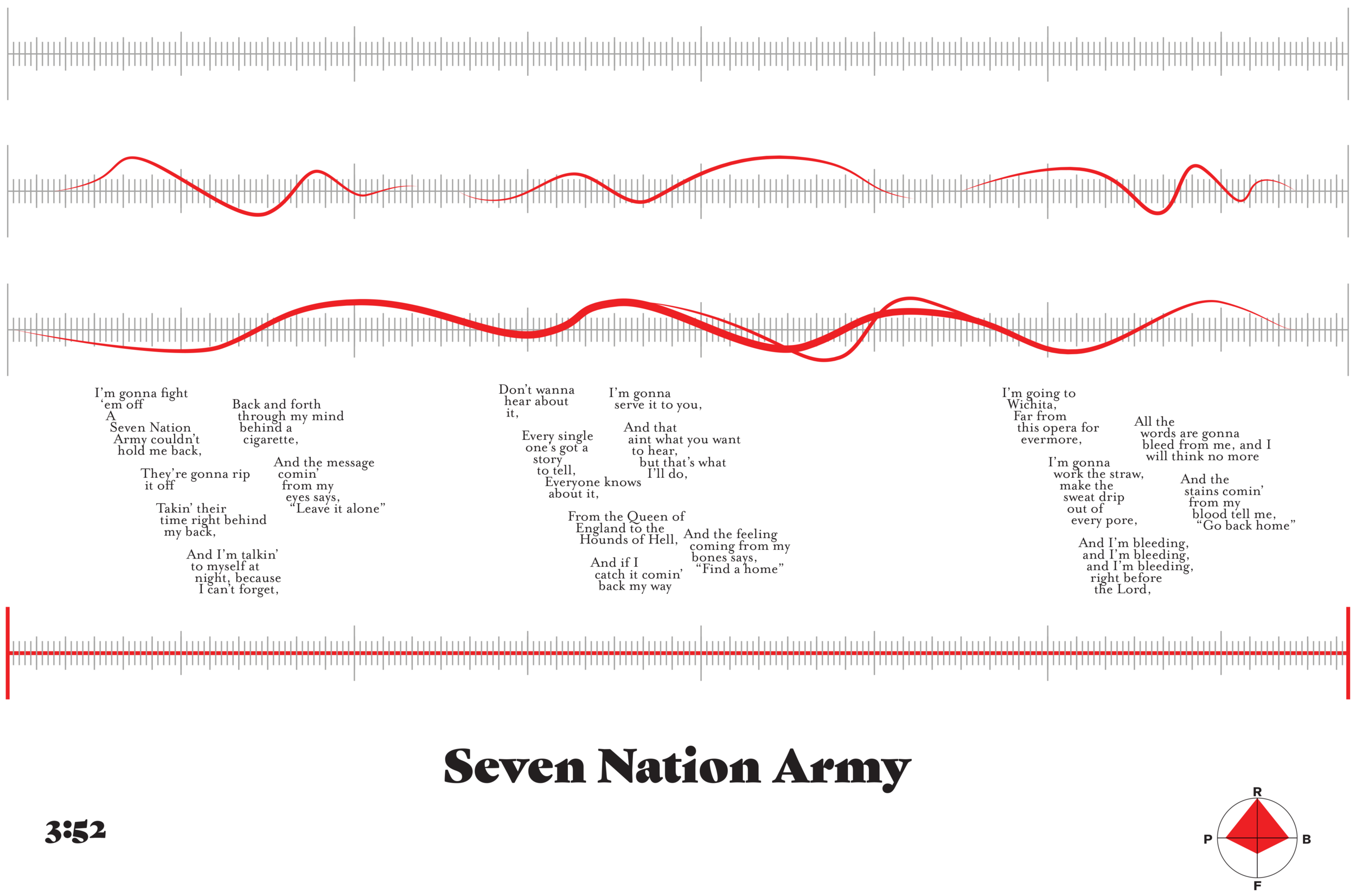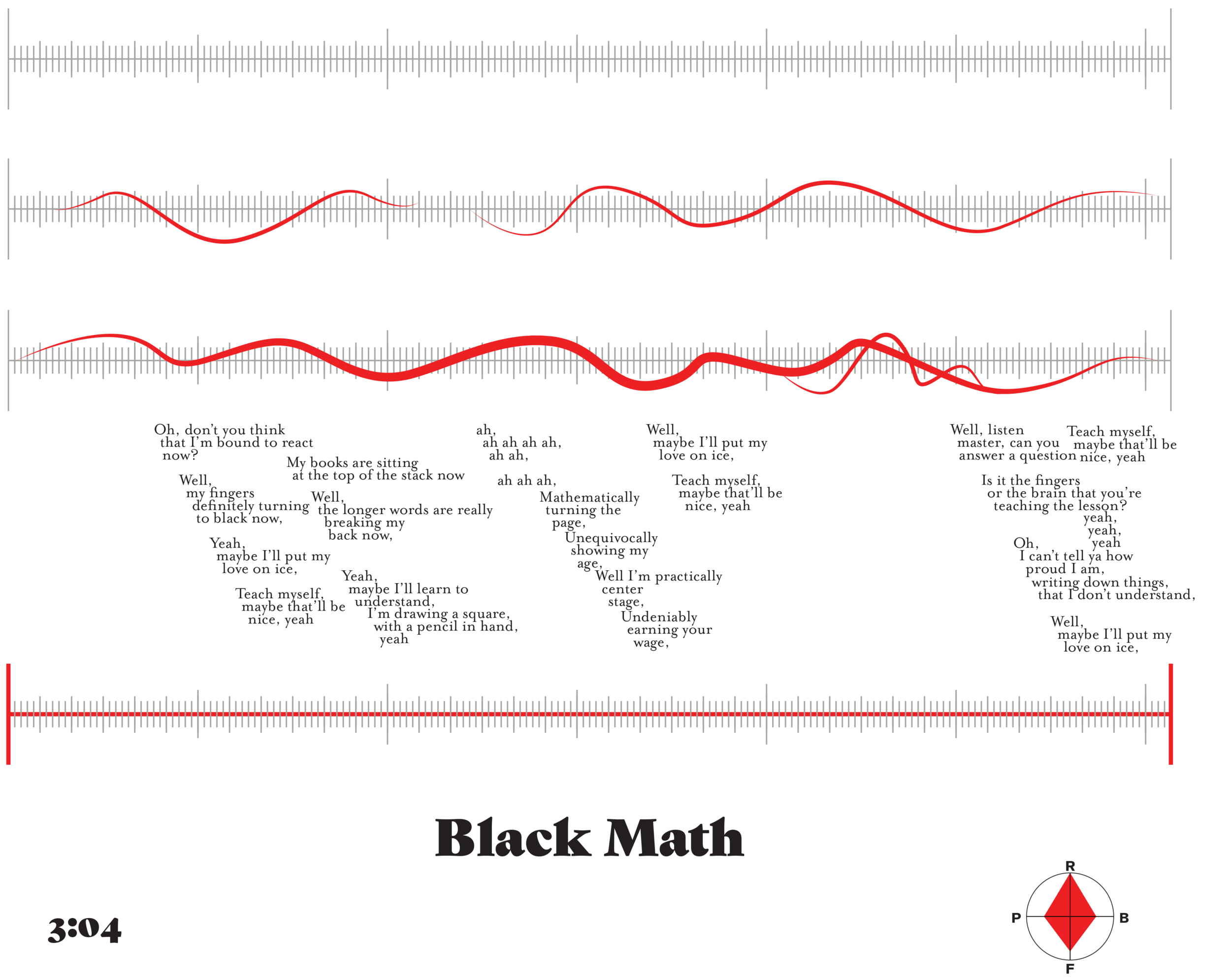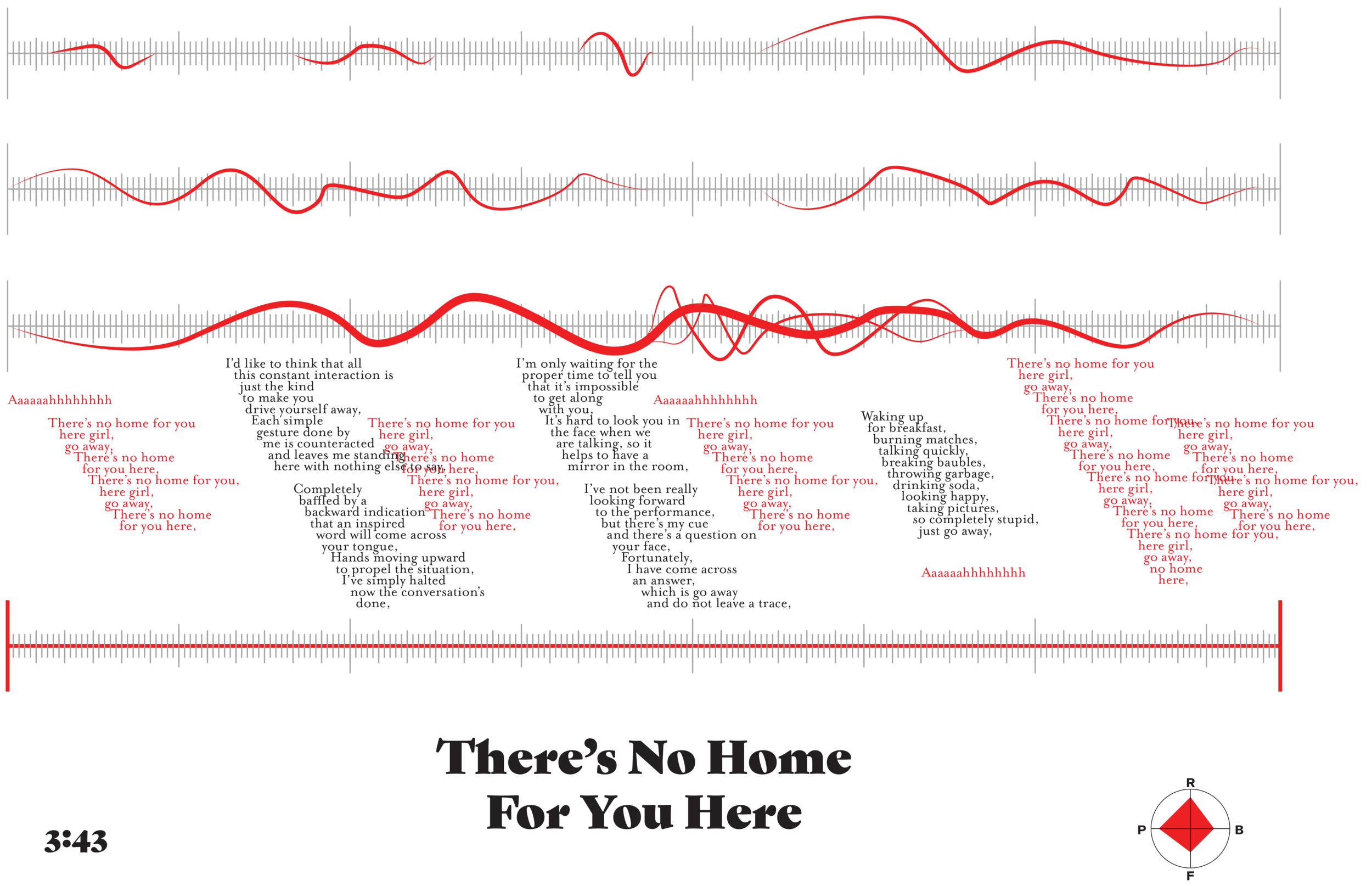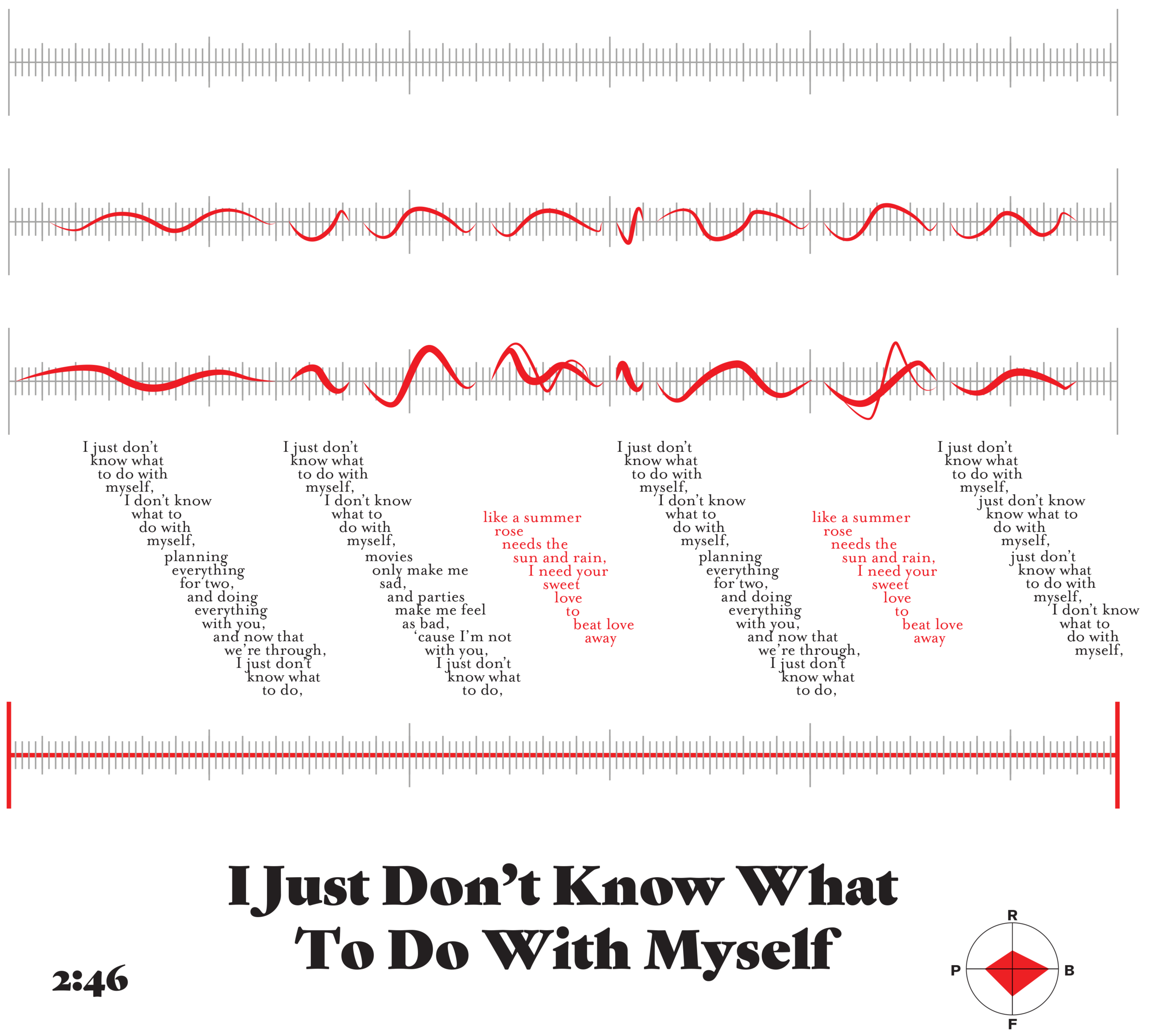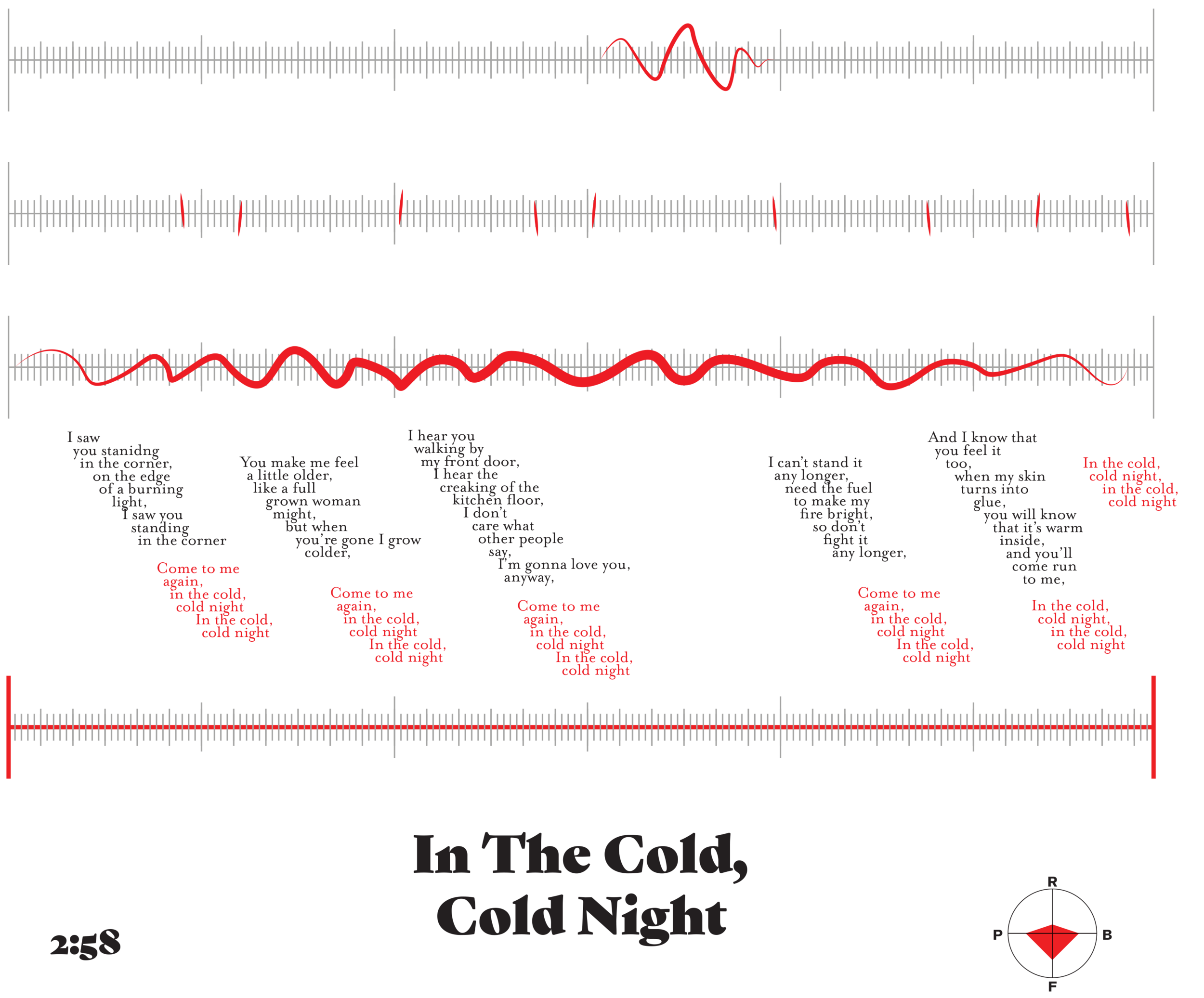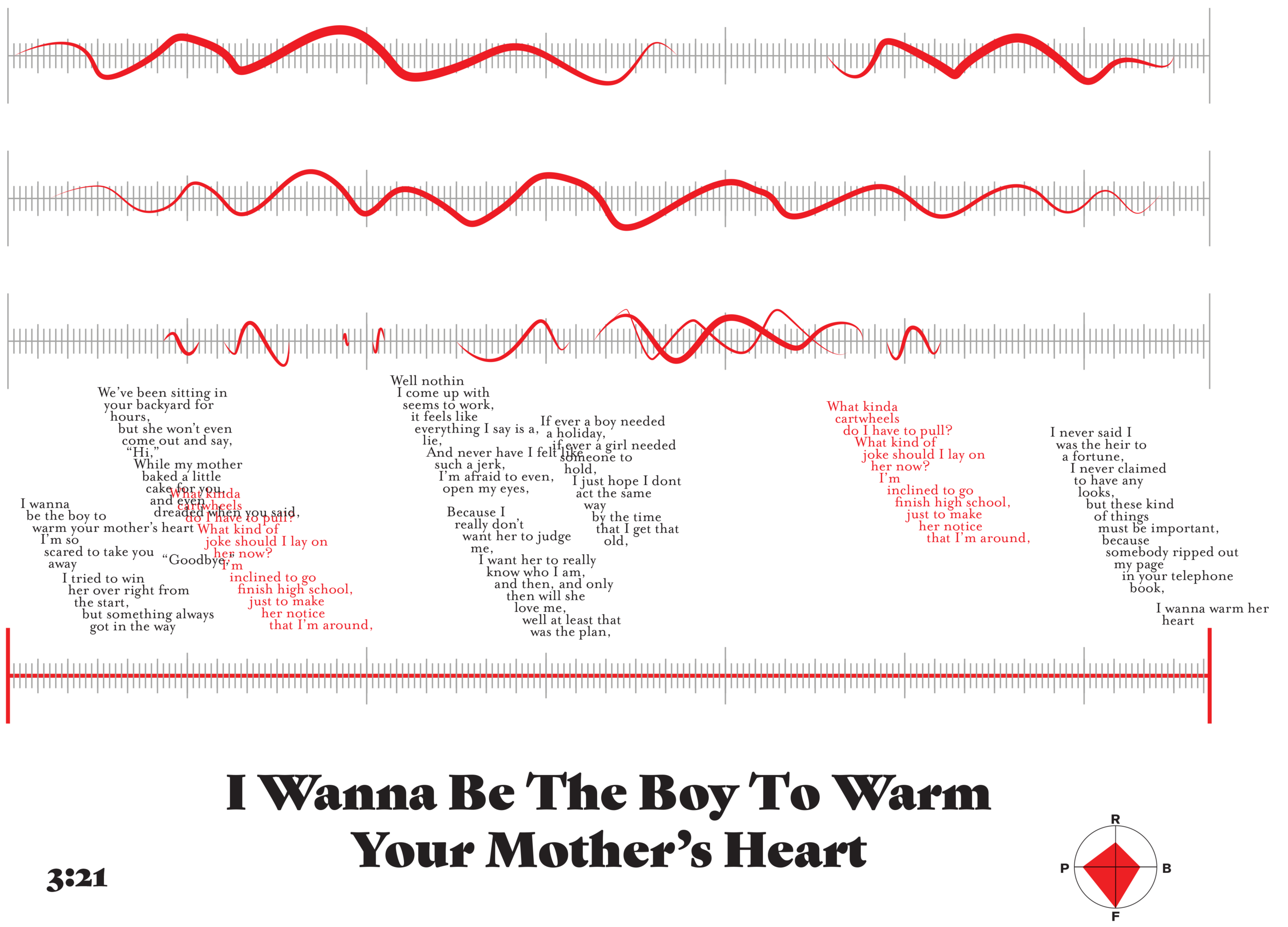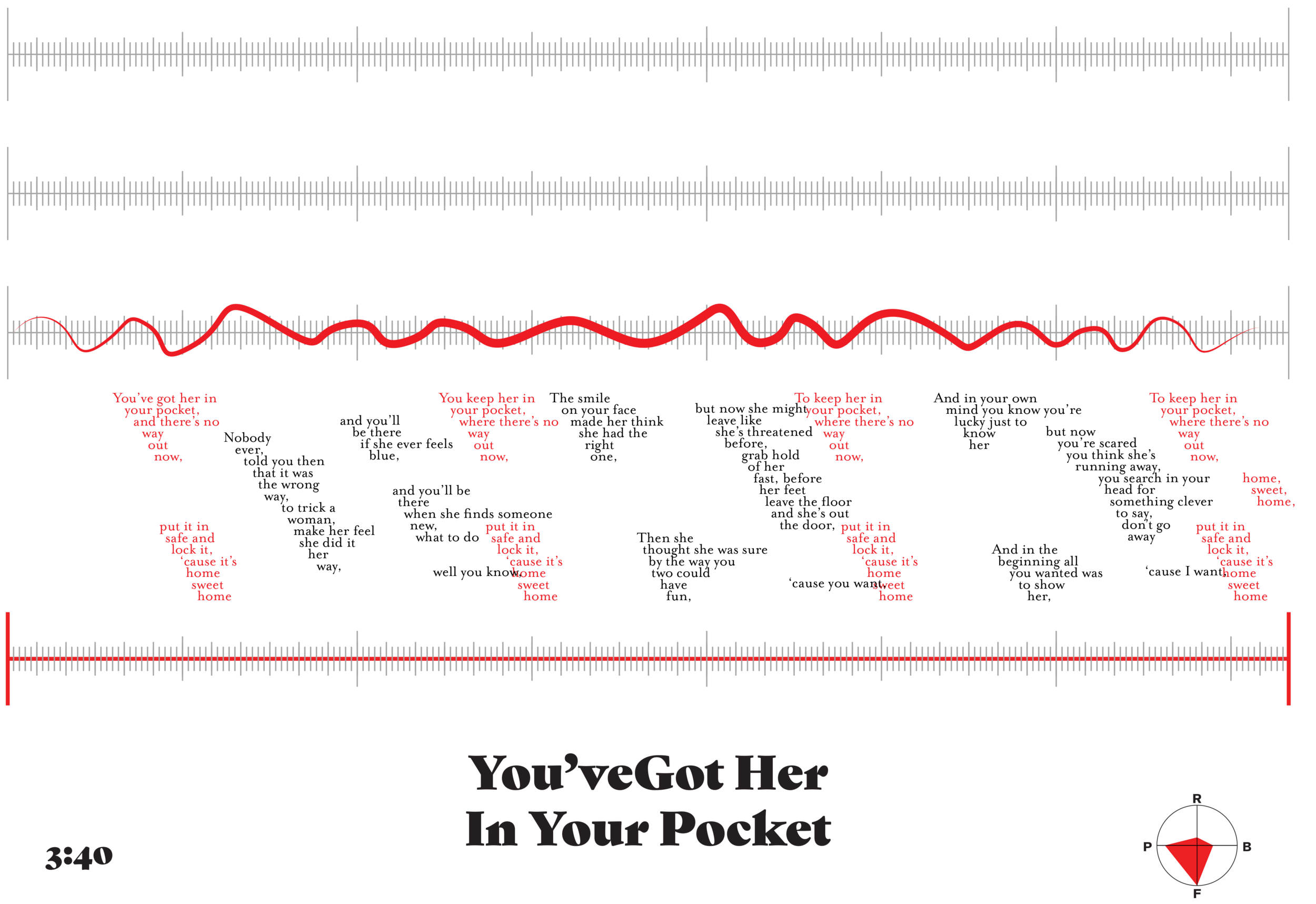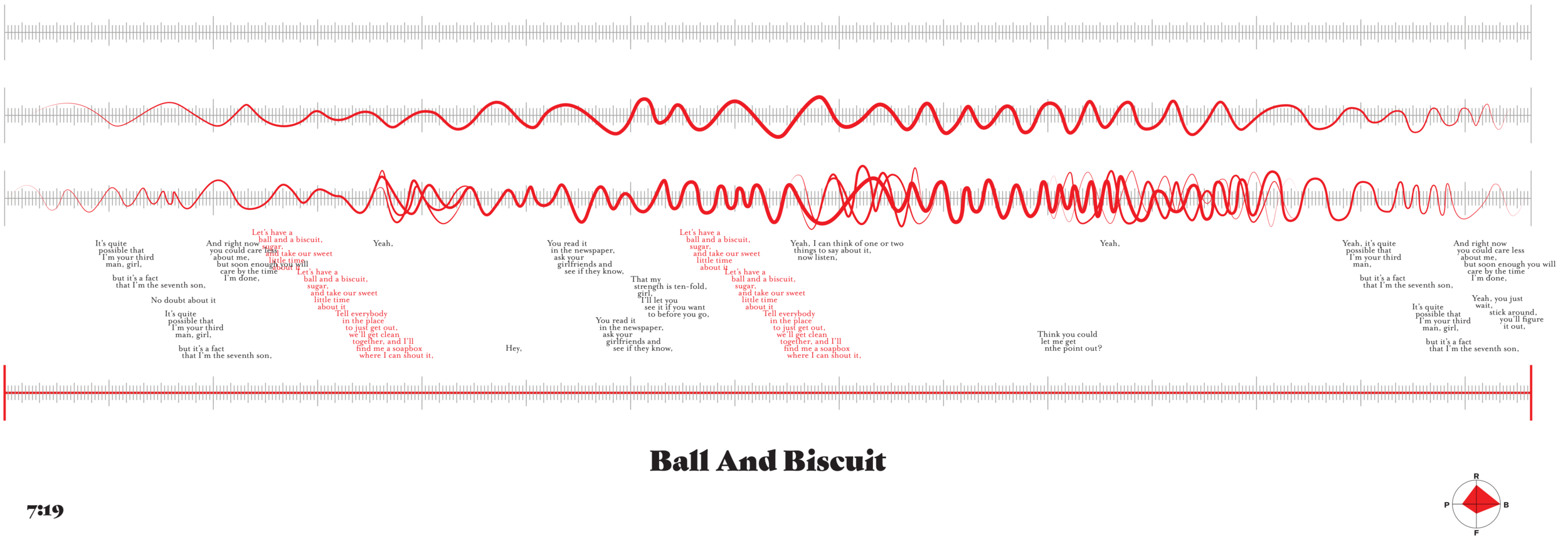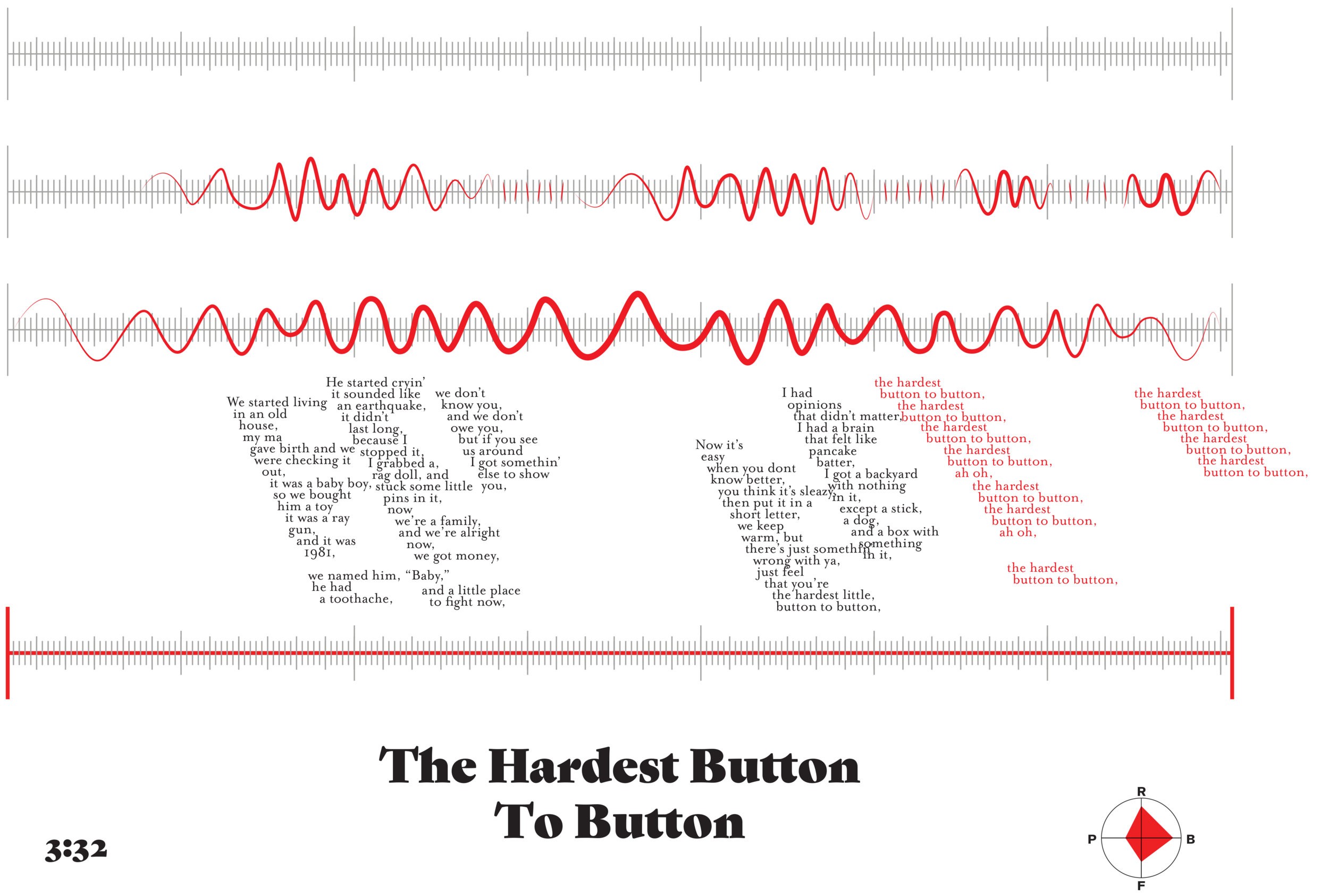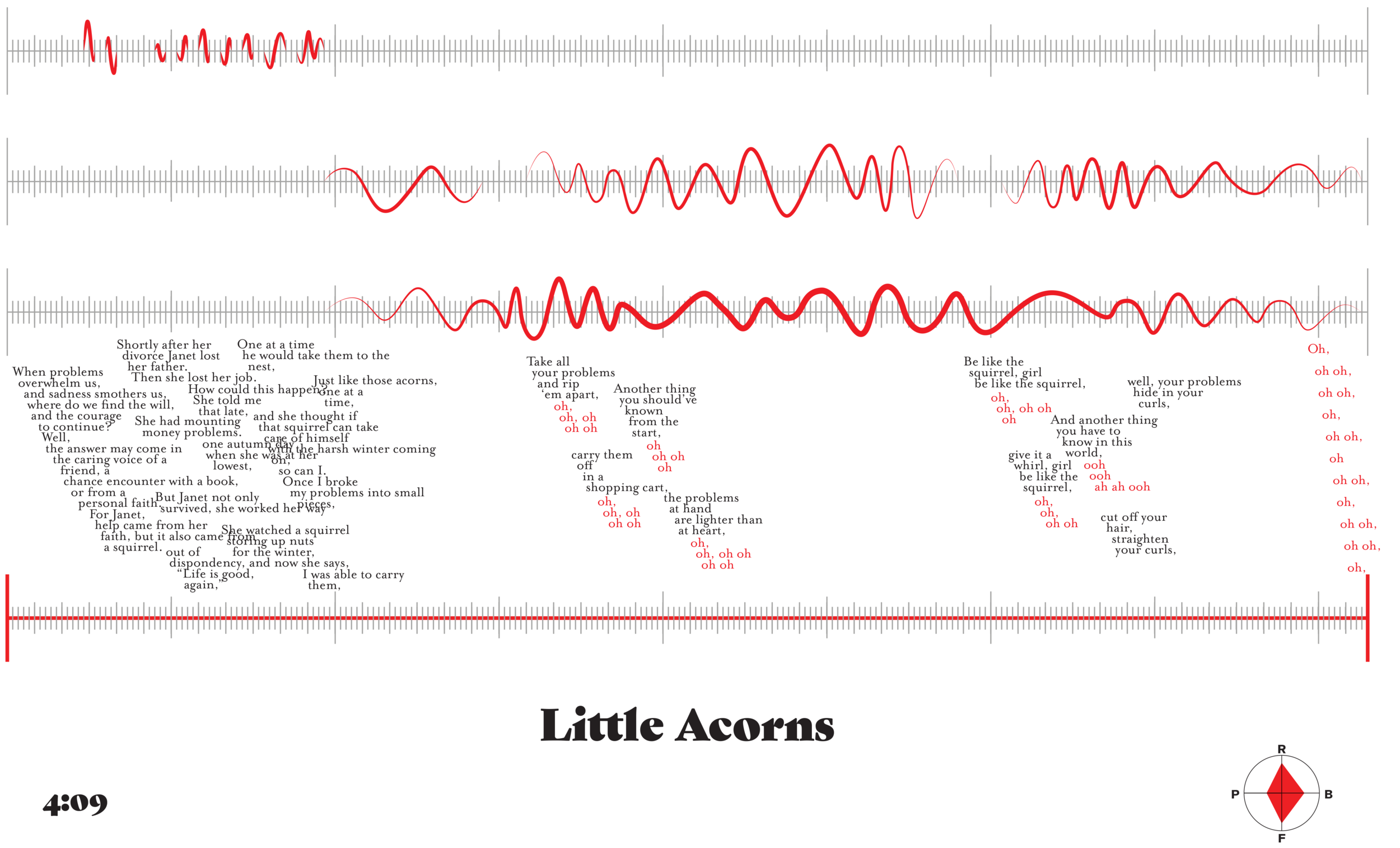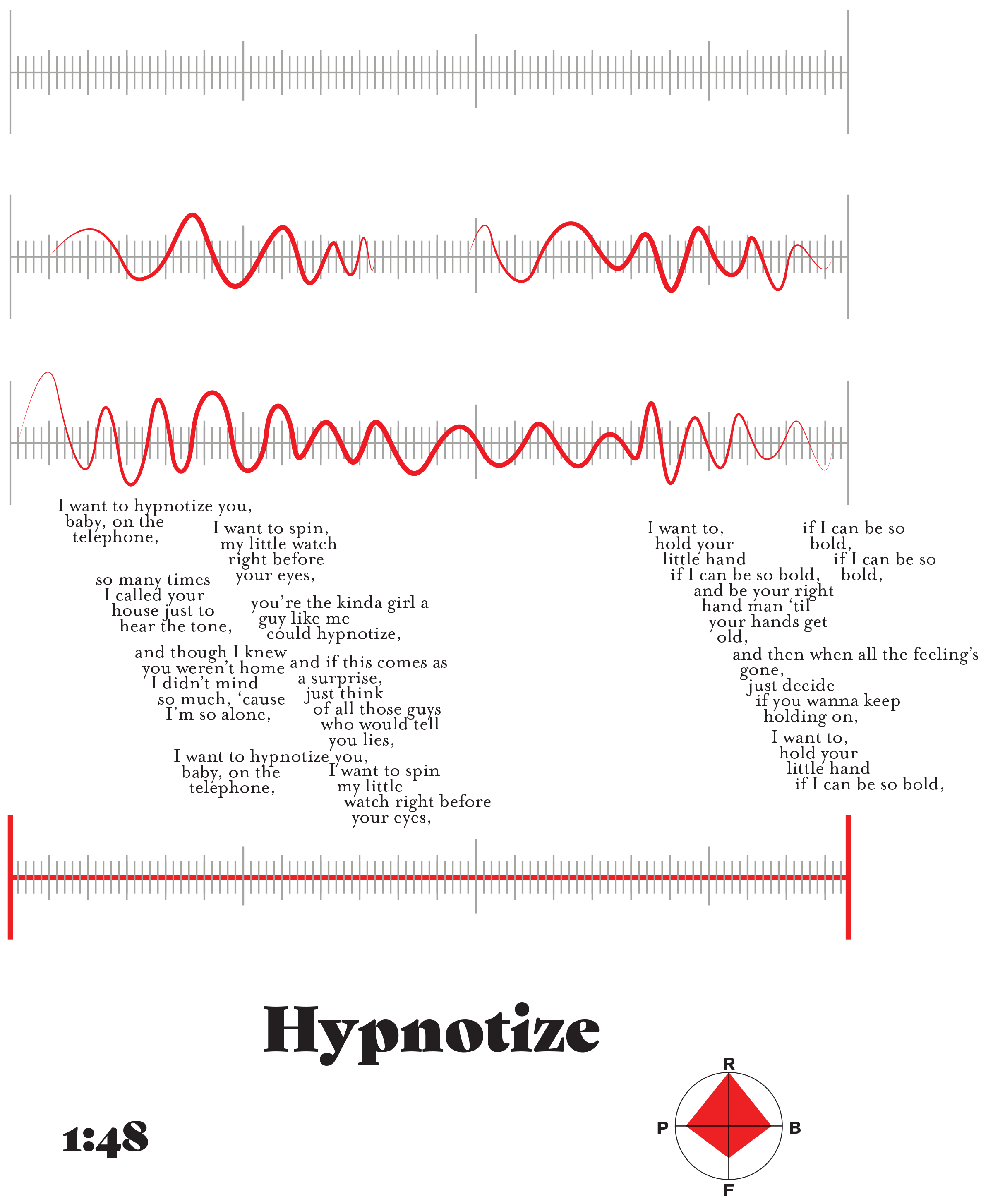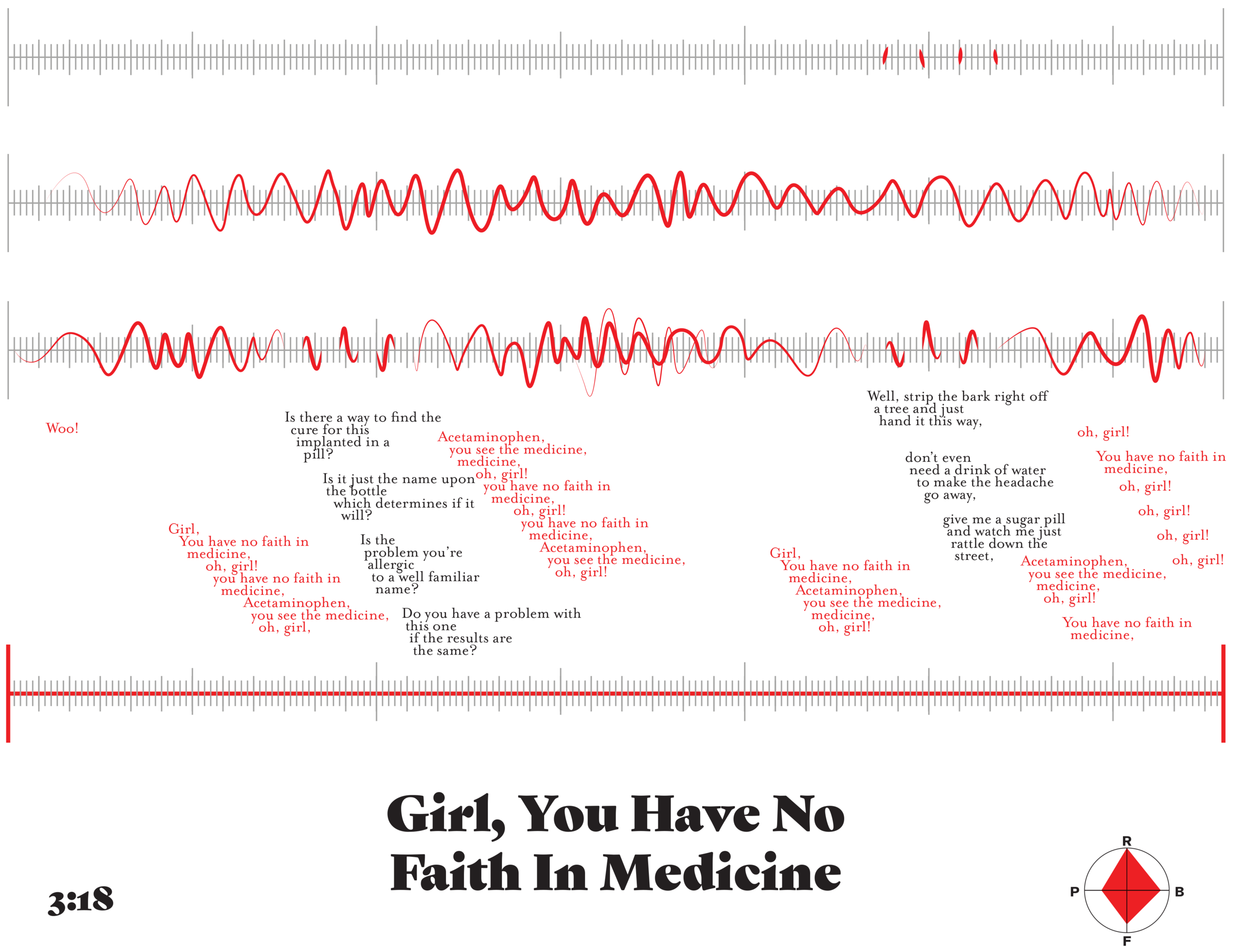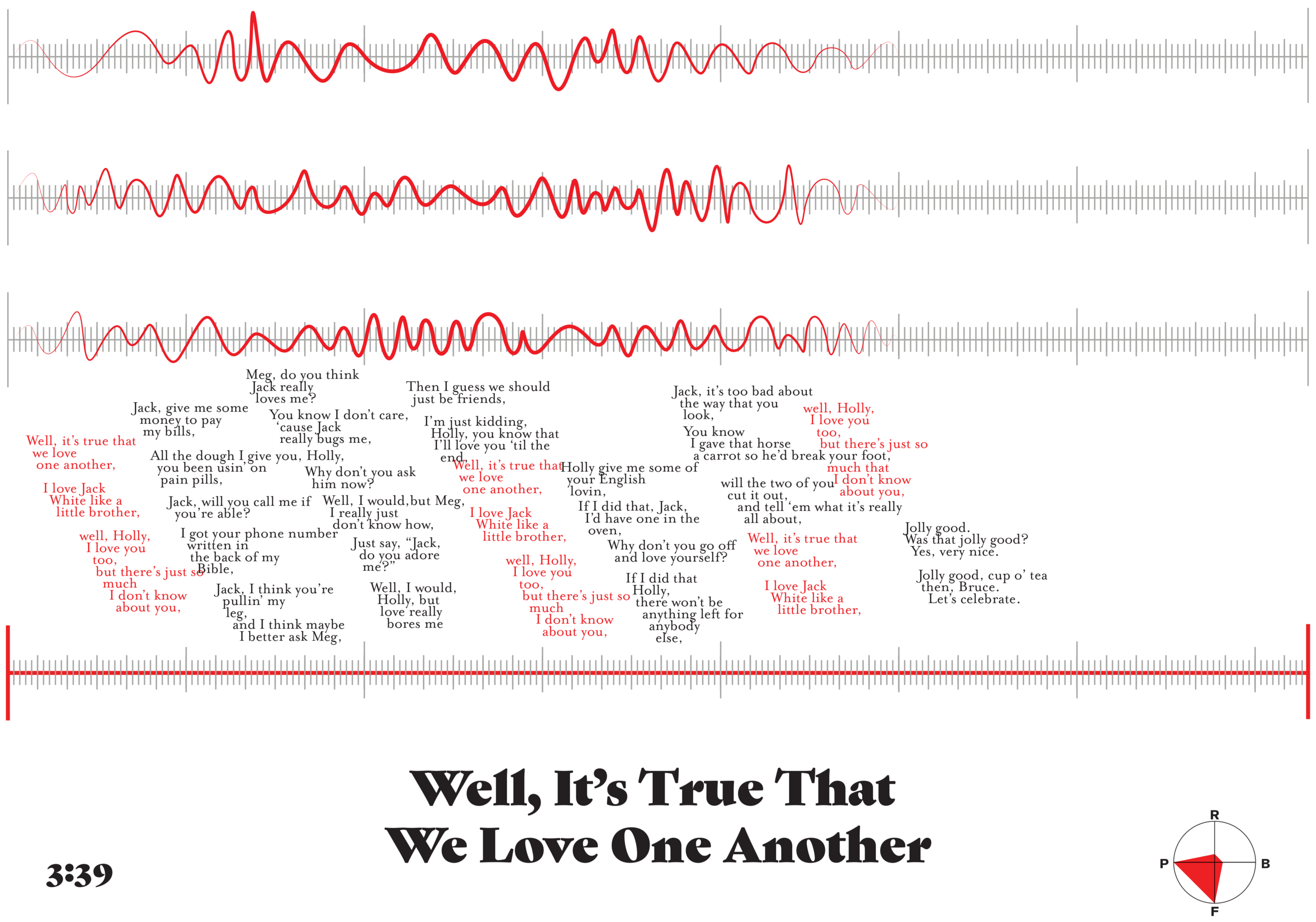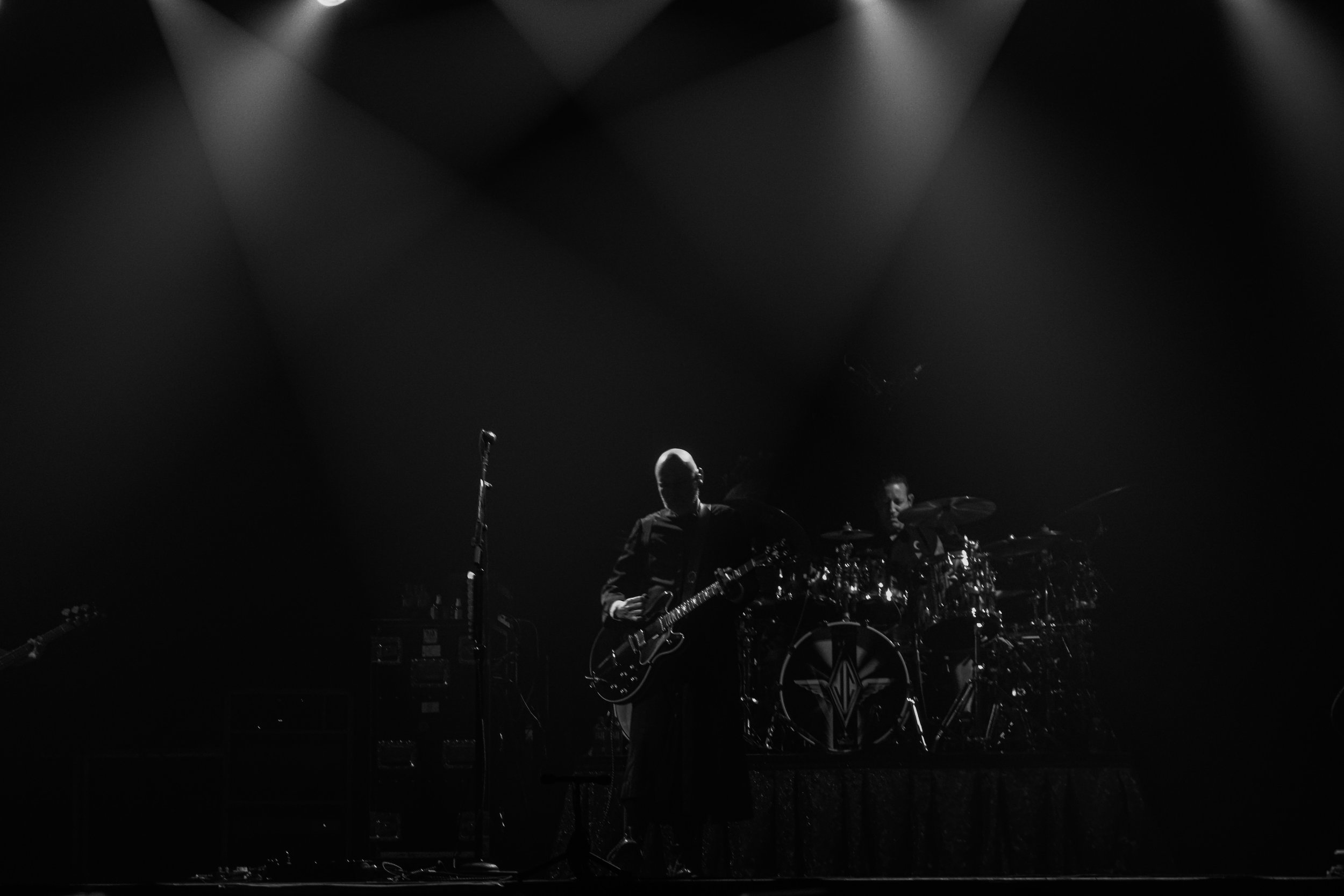The Elephant Visual Album
/When I trace my musical history back to its origins, there are four or five key discoveries from my childhood that have gone on to become foundational cornerstones of my taste. I’ve written about many of them here from my first iPod and 2006 pop music to entire genres that I stumbled into by accident all thanks to people with better taste than me. I measure my life with music, and these events have all become part of my personal mythology; milestones that have gone on to inform not only my taste, but who I am as a person.
I was fortunate enough to grow up with a dad who cared about music. While that mostly relegated itself to me raiding his CD collection to rip classic rock albums onto my iPod, there were also a small handful of (then) modern bands that we bonded over as I began to show an interest in music. The shared section of our musical Venn Diagram has expanded over the years as my taste has continued to mature, grow, and spiral in unexpected ways, but the first “new” band my Dad and I found common ground with was none other than The White Stripes.
Luckily, because my dad loved The White Stripes, this meant I had the band’s entire discography at my fingertips. He owned their studio albums, B-sides, singles, live albums, demos, side projects, you name it. As a result, I have a worryingly-deep connection to (and knowledge of) Jack White’s musical catalog.
Around this same time, I was also taking guitar lessons. Aside from the standard “starter” songs like “Smoke On The Water” and “Pipeline,” The White Stripes’ “Seven Nation Army” proved to be low-hanging, easy-playing fruit for a 10-year-old Taylor. Between borrowing the CDs and playing the songs, I showed enough of an interest that my dad decided to take me to see the group on tour in 2003 for my second concert ever.
While I’ll admit that the 1.5-decade marination time of nostalgia plays a huge part in it, Elephant remains one of my favorite albums of that genre, this era, and my entire life. Hits and overplayed singles aside, there’s a lot to love about Elephant, and there’s a reason it remains the band’s most enduring release this many years later.
Literally every track on Elephant hits. “Seven Nation Army” is an unparalleled anthem of the early-2000’s. “Hardest Button to Button” bears one of the best drumlines of the decade. “Ball and Biscuit” is one of my favorite songs of all time with its lumbering blues riff that slowly erupts into blistering guitar solos. There isn’t a wasted moment or an unpolished idea. Elephant is rock in its purest form. A feeling that can’t quite be put into words made by two people with two instruments. Perfect.
As eye-opening as Elephant was, sometimes your favorite albums can slide into the background of your life without you ever noticing. New music, other mediums, or life events can keep you from venturing back, and as embarrassing as it is to admit, this had absolutely happened to me with The White Stripes. It’s almost like taking art for granted. I’d listened to Elephant so many times, heard “Seven Nation Army” in so many different movies and TV shows and commercials that at a certain point it just kind of feels like “well, yeah, everyone knows this album is great, so what’s the point?”
While my relationship with Elephant is ongoing, a chance encounter with a designer completely renewed my love for the record with a project that was crafted as lovingly as the album itself. Sometimes the classics are not only worth revisiting, but worth diving into on a microscopic level, and that’s exactly what Chandler Cort did with this beloved album.
Creating what he calls a “visual album” Chandler transposed Elephant onto a 9-foot scroll that tracks the entire record second-by-second. Interpreting each instrument’s volume and the exact starting point for every word sung, Chandler’s creation is one-of-a-kind and unlike anything I’ve ever seen before in my life. There’s something to be said for standing face-to-face with one of your favorite records and taking in the entire thing as it towers above you.
While it’s impossible to translate the feeling of interacting with the scroll itself, I wanted to share this beautiful and original piece of art with as many people as possible. Not only was Chandler kind enough to let me share his incredible work on Swim Into The Sound, but he also sat down with me to talk about the process that went into making it as well as his personal background with the band. So without further adieu, I’m excited to present The Elephant Visual Album.
Full-resolution PDF version of the Elephant Visual Album at the end of the article.
The Visual Album and Its Creator: An Interview With Chandler Cort
Much like Taylor, I have a very distinct memory of my introduction to the White Stripes. I came to the party very late, as my parents found it borderline impossible to break away from anything outside of the typical 60’s - 80’s hits they grew up with.
There aren’t many specific events in my life that I would refer to as “life-changing,” but hearing “Rag and Bone” for the first time in my high school art class was absolutely one of them. My obsession with the White Stripes began with Icky Thump and worked its way back to the very beginning of the group’s discography until I had completely immersed myself in everything they had ever produced. The White Stripes were something I listened to exclusively for months. When I wasn’t listening to them, I found myself watching interviews with the members, reading about their history, and completely immersing myself in the group’s mythology. I had never quite felt myself become so taken by a band before.
Six years later, the White Stripes are still one of my favorite bands, if not my all-time favorite. Jack and Meg White have taken hold of a very big piece of my heart, and I don’t know if that will ever be able to be eclipsed.
The way the project really came about was kind of funny. I was in my first infographics class at Portland State University, and we were told to make a timeline for our first project. The professor made sure he kept things very open-ended, so we had the choice to do an incredibly accurate historical timeline, or we could do something more whimsical like a timeline of the Harry Potter Universe.
I remember going on break one day listening to Elephant, and thinking “it would be funny to do an infographic on the number of times Jack White goes, ‘WOO!’ in one album.” So that’s where it really kinda started. I refined my guidelines a little bit further and decided that I would track the main instruments: guitar, drums, and piano, as well as the vocals.
The process for this piece is something I feel just as proud of as the actual work itself. All of my research for this project was done entirely audibly. I printed all of the lyrics to every song, and I would sit down at my desk every day, listen to the song, and get the second-by-second timestamps for every lyric, and then go back through, and repeat the same process for the guitar, drums, and piano. This means I listened to every song at least three or four times in full, not counting pausing, rewinding, and playing again to make sure the time signatures were as accurate as possible.
In addition to the individual instrument timelines, each song also got a “genre gauge” that I had designed too. Because Elephant is such a diverse album, I feel like it was very important to describe how each song was different in comparison to the others. Every song was ranked on a scale of punk, blues, folk, and pop, with the end result being a circular graph that represented the track’s sonic texture.
This was then translated into a second graph that I constructed to help best visualize the album in its entirety. I’d guess this project took somewhere between 40-45 hours total. It was truly a monster, which can be seen in the final 9-inch by 9-foot print. I remember people telling me in class that I was doing was ridiculous, and that I was crazy for even attempting something like this, which honestly just kind of pushed me to do it even more.
A lot of my design work has been very music-focused, and I have done very intense pieces about other albums I love, but I feel like this one is probably the most accessible, and the most interesting. I describe this piece as a visual album because I feel like it is the most literal visual translation of an auditory piece. I’m so happy that this piece has received the reaction it has, and I’m incredibly thankful that Taylor was moved enough to offer me this opportunity, and I hope to be here again someday.
Until then everyone, be good, and love what you listen to.



